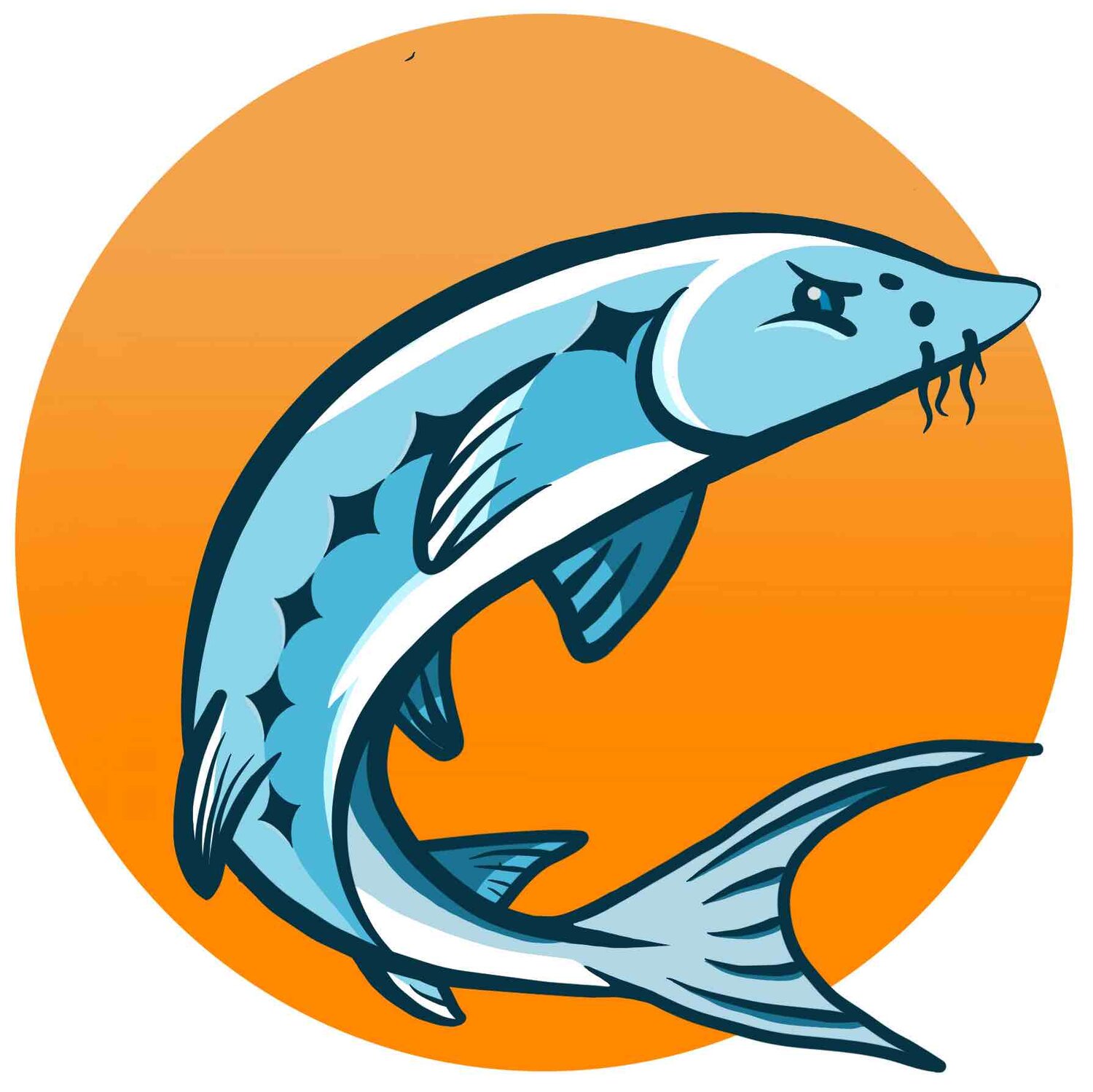Biology (9th grade)
This is a year long course divided up into three trimesters. The following topics will be covered.
(1) Structure and Function, (2) Inheritance and Variation of Traits, (3) Matter and Energy in Organisms and Ecosystems, (4) Interdependent Relationships in Ecosystems, and (5) Natural Selection and Evolution. The performance expectations for high school life sciences blend core ideas with science and engineering practices and crosscutting concepts to support students in developing usable knowledge that can be applied across the science disciplines.
Course Description:
-Structure and Function
-Inheritance and Variation of Traits
-Matter and Energy in Organisms and Ecosystems,
-Interdependent Relationships in Ecosystems, and
-Natural Selection and Evolution.
The performance expectations for high school life sciences blend core ideas with science and engineering practices and crosscutting concepts to support students in developing usable knowledge that can be applied across the science disciplines.
Course time frame: 18-22 weeks (1 trimester)
Daily 90 minutes
Credit: Biology
Google classroom: https://classroom.google.com/u/1/c/NjkzOTQ4MzM0MDRa
Course FAQs
What are my technology needs?
-Ipad/Chromebook/laptop (provided by the school)
What are the prerequisites I need in order to take this class?
none
Why should I take this course/What are the benefits?
This is a course that is required for graduation, it also is fundamental in building your skills for understanding the natural world, how to read graphs, charts, understand basic biological processes from the cellular level to the ecosystemic level. It is also beneficial for students following an academic path of higher science courses.
What standards does this course cover?
https://www.oregon.gov/ode/educator-resources/standards/science/Pages/Science-Standards.aspx
HS-LS2-1. Use mathematical and/or computational representations to support explanations of factors that affect carrying capacity of ecosystems at different scales. [Clarification Statement: Emphasis is on quantitative analysis and comparison of the relationships among interdependent factors including boundaries, resources, climate, and competition. Examples of mathematical comparisons could include graphs, charts, histograms, and population changes gathered from simulations or historical data sets.] [Assessment Boundary: Assessment does not include deriving mathematical equations to make comparisons.]
HS-LS2-4. Use mathematical representations to support claims for the cycling of matter and flow of energy among organisms in an ecosystem. [Clarification Statement: Emphasis is on using a mathematical model of stored energy in biomass to describe the transfer of energy from one trophic level to another and that matter and energy are conserved as matter cycles and energy flows through ecosystems. Emphasis is on atoms and molecules such as carbon, oxygen, hydrogen and nitrogen being conserved as they move through an ecosystem.] [Assessment Boundary: Assessment is limited to proportional reasoning to describe the cycling of matter and flow of energy.]
HS-LS2-5. Develop a model to illustrate the role of photosynthesis and cellular respiration in the cycling of carbon among the biosphere, atmosphere, hydrosphere, and geosphere. [Clarification Statement: Examples of models could include simulations and mathematical models.] [Assessment Boundary: Assessment does not include the specific chemical steps of photosynthesis and respiration.]
HS-LS2-6. Evaluate the claims, evidence, and reasoning that the complex interactions in ecosystems maintain relatively consistent numbers and types of organisms in stable conditions, but changing conditions may result in a new ecosystem. [Clarification Statement: Examples of changes in ecosystem conditions could include modest biological or physical changes, such as moderate hunting or a seasonal flood; and, extreme changes, such as volcanic eruption or sea level rise.]
HS-LS2-7. Design, evaluate, and refine a solution for reducing the impacts of human activities on the environment and biodiversity.* [Clarification Statement: Examples of human activities can include urbanization, building dams, and dissemination of invasive species.]
HS-LS2-8. Evaluate the evidence for the role of group behavior on individual and species’ chances to survive and reproduce. [Clarification Statement: Emphasis is on: (1) distinguishing between group and individual behavior, (2) identifying evidence supporting the outcomes of group behavior, and (3) developing logical and reasonable arguments based on evidence. Examples of group behaviors could include flocking, schooling, herding, and cooperative behaviors such as hunting, migrating, and swarming.]
How do you grade my work in this class?
Wahtonka Community School uses a proficiency based grading system. Your grade is based upon rubrics with specific standards and requirements. In order to gain credit for this class you must meet these standards at the proficient or mastery level.
Course grades are usually broken down as follows:
Mastery
Letter = A+, A, A-
GPA = 4.0, 3.75, 3.5
Credit = 0.33
Developing
Letter = C+, C, C-
GPA = 2.5, 2.0, 1.75
Credit = 0.15 - 0.05
Developing
Letter = C+, C, C-
GPA = 2.5, 2.0, 1.75
Credit = 0.15 - 0.05
Basic/Emergent
Letter = D, F
GPA = 1.5, 0
Credit = 0


